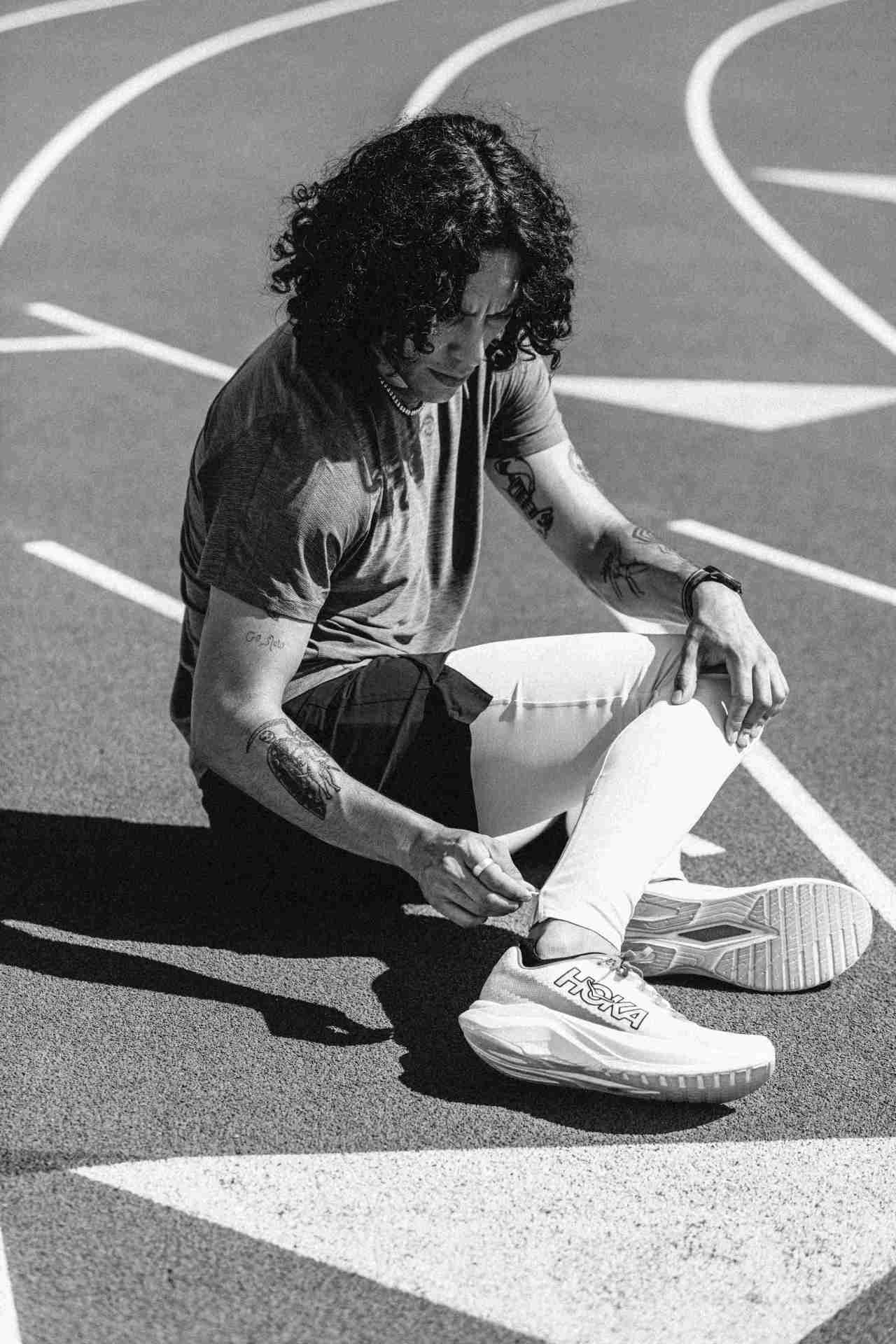To treadmill jockeys or mile-a-day savants, owning multiple pairs of running shoes may seem like cardio overkill. Yet despite the upfront investment, having a well-rounded rotation of running sneakers is actually a good thing — for your body and your wallet.
Just ask Mario Fraioli, running coach and founder of the newsletter and podcast The Morning Shakeout.
“Rotating your running shoes can actually help them last longer,” Fraioli says. The reason resides in the midsole — the squishy layer of foam that connects the upper to the bottom of the shoe. Giving this foam its own recovery period allows it to “fully rebound between runs,” Fraioli adds.

Switching things up can also have a positive impact on your feet. Similar to how switching up weight-training workouts targets different parts of a muscle, different shoes stress lower-body muscles, tendons and ligaments in unique ways. This gear variation can help keep your feet fresh throughout your program while also aiding in strengthening your footprint through the unique stresses.
There’s a mental benefit, too. “Wearing different shoes for different types of runs can help put you in the right mindset for the specific task at hand,” Fraioli says.
“Wearing different shoes for different types of runs can help put you in the right mindset.”
“When I pull out my lightweight trainers for speed work, I know I need to focus because there’s a tough workout on tap,” he adds. “Sliding on my heavier everyday trainers for an easy run puts me in a more mellow, relaxed mindset.”
Which Running Shoes Should You Have in Rotation?
For a well-rounded lineup, aim for no less than three silhouettes: one pair for daily training, one for slower recovery days and a final profile for races and tempo runs — those sustained, near-max efforts that make your body better at moving blood and oxygen.
As you progress and advance with running (and ultimately begin to love the activity) you can expand your roster to include silhouettes for specialized conditions like road marathons and trail running. Admittedly, though, these aren’t necessary for every athlete, so focusing on the foundational profiles is best out of the gate.
Granted, springing for three pairs of shoes at once can feel like a big hit to your wallet. But considering the fact that the entire lineup should last at least three times as long, while also making you a better, healthier runner, the question you might want to ask is, “Can I afford not to?”
Need help deciding which shoes to buy? Check out the 2024 Gear Patrol Fitness Awards, where we round up our editors’ favorite running shoes and more.



